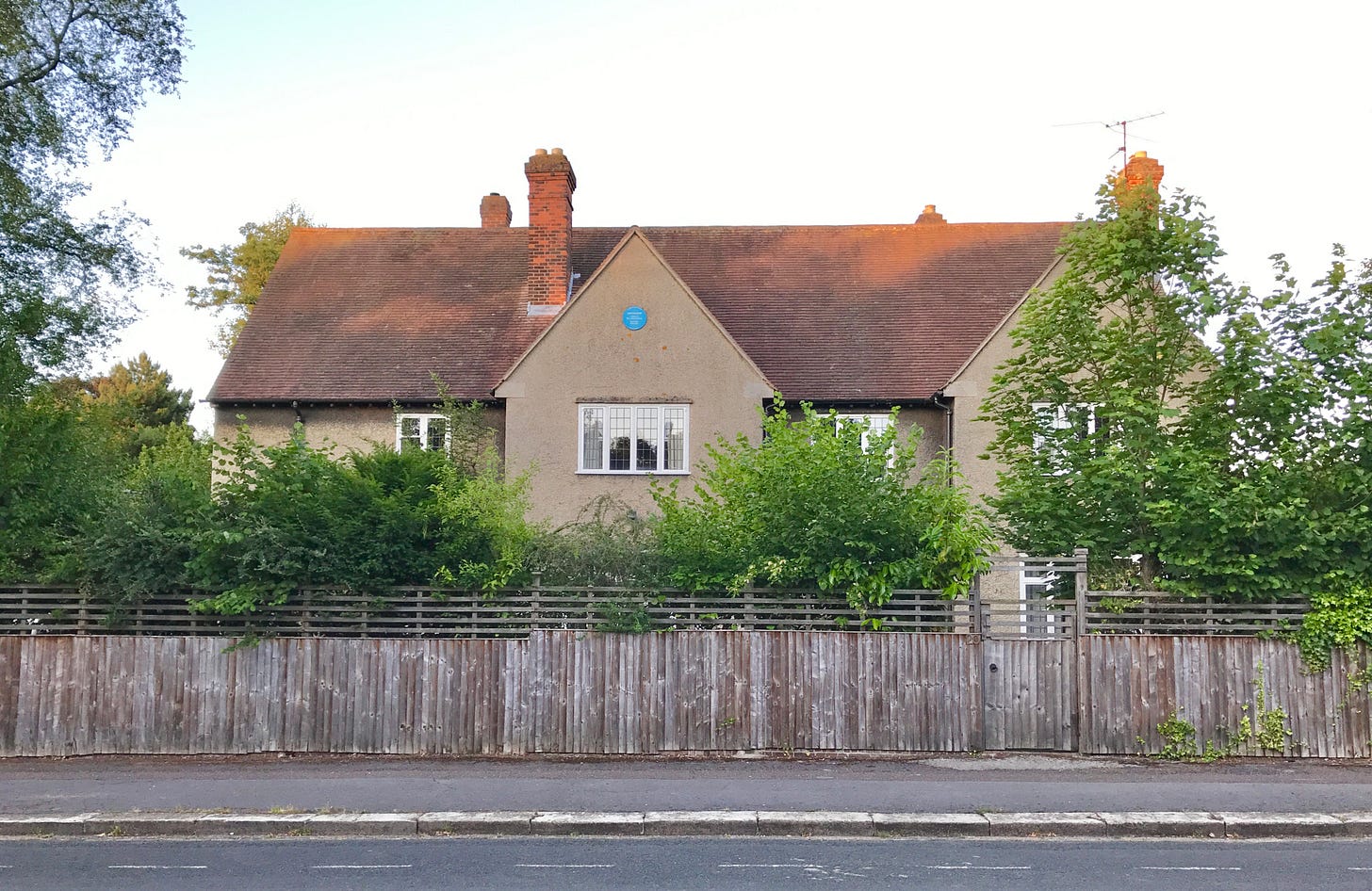“What else remained in the children’s memories? Long summer hours digging up the asphalt of the old tennis-court at 20 Northmoor Road to enlarge the vegetable-plot under the supervision of their father, who (like their mother) was an enthusiastic gardener, though he left much …
Keep reading with a 7-day free trial
Subscribe to Julie Witmer Gardens Newsletter to keep reading this post and get 7 days of free access to the full post archives.





